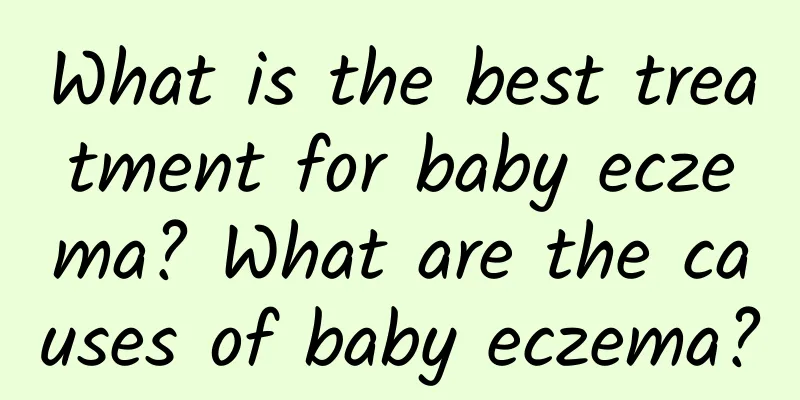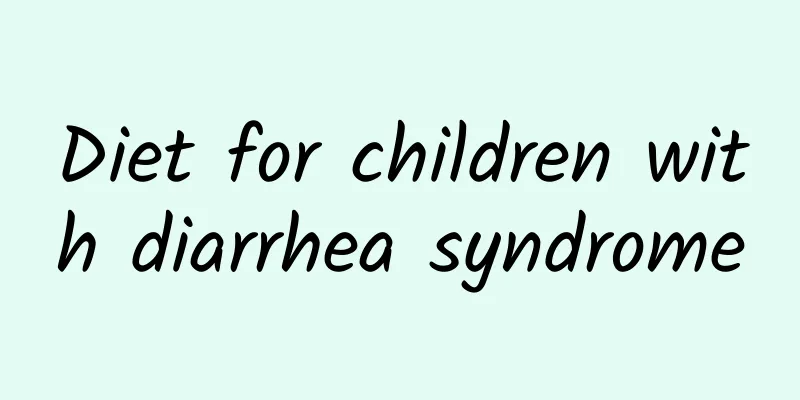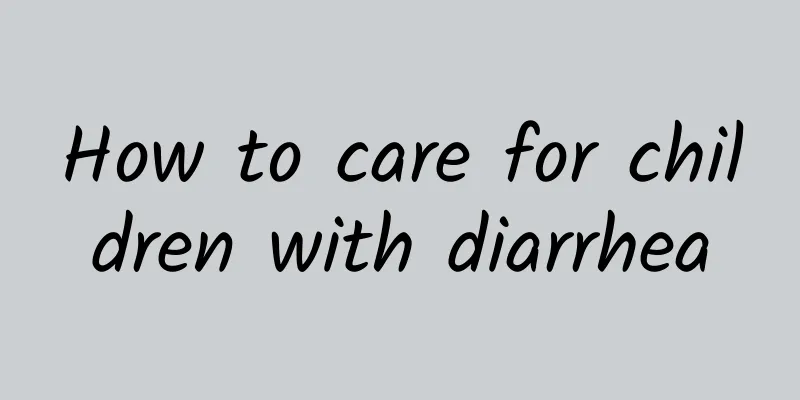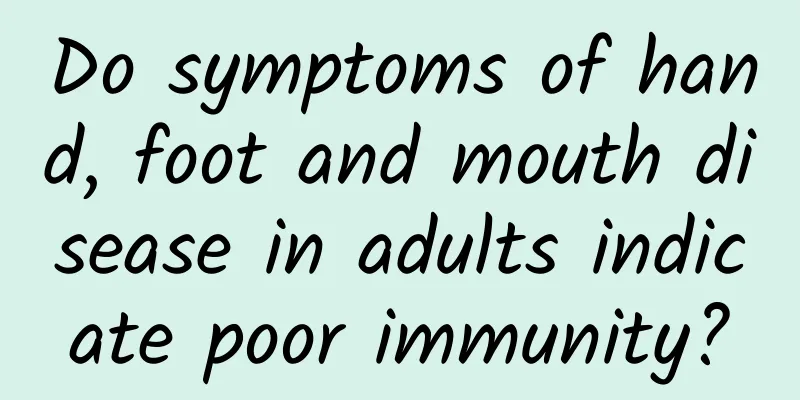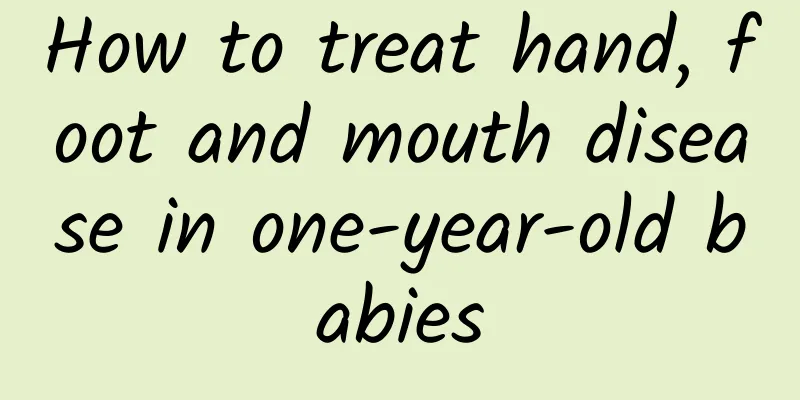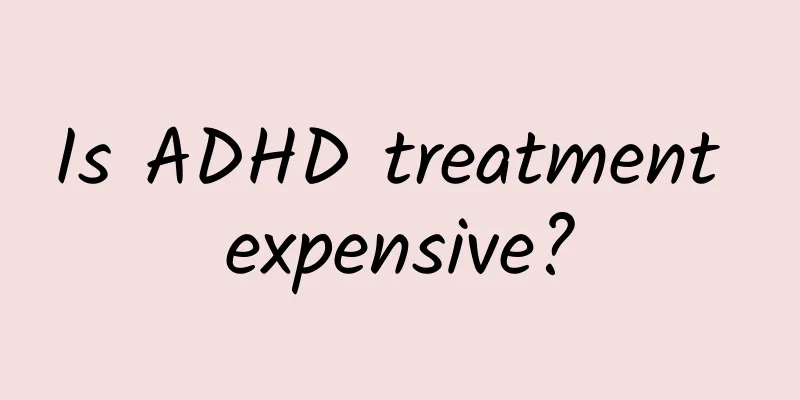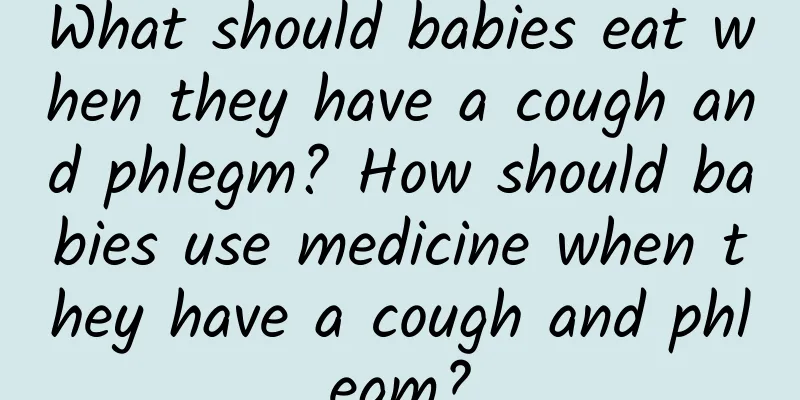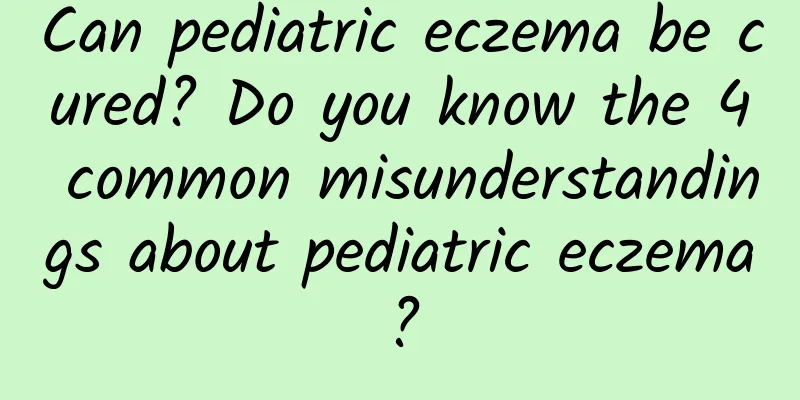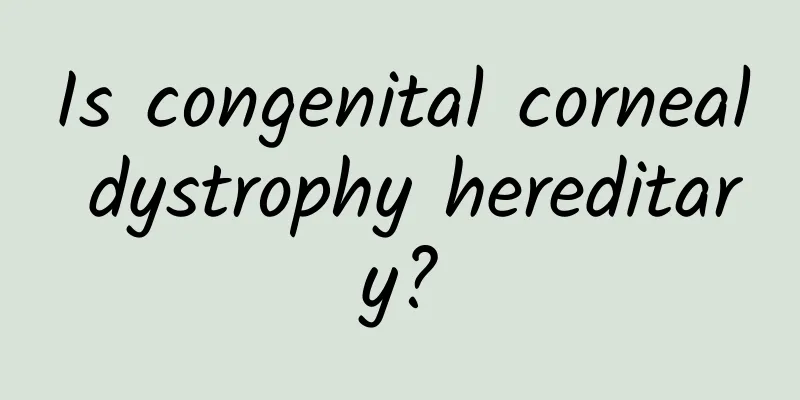What are the symptoms of pneumonia in children? Is winter the peak season for pneumonia in children?
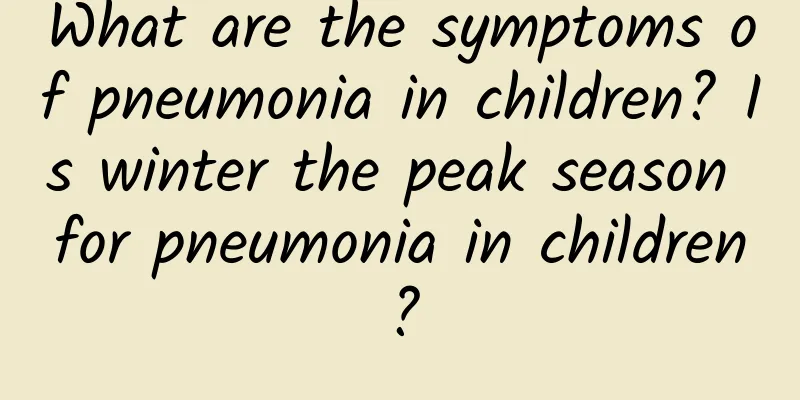
|
Winter is the peak season for pneumonia, and the incidence and mortality of pediatric pneumonia in my country are higher than those in developed countries. According to statistics, respiratory tract infection cases in pediatric outpatient clinics in my country account for 60%-80% of the total number of patients, and the number of hospitalizations for bronchial pneumonia accounts for 25%-50% of urban children hospitalized. About 300,000 infants and young children die from pneumonia every year. Experts say that viral infections, bacterial infections, and mycoplasma infections can all cause pneumonia. Most children may be infected with pneumococci through social interactions and develop pneumonia. In addition, many children develop pneumonia because they suffer from influenza or common colds that are not treated in time. Winter is always a high incidence period for pneumonia in children As soon as winter comes, the number of children suffering from respiratory diseases in outpatient clinics shows a straight upward trend, and the majority of them are pneumonia patients. Experts say that since pathogens are more likely to breed in winter, children's resistance is weaker, and people are often in a closed environment with poor air circulation, children are more susceptible to pneumonia. In addition, from the outpatient perspective, a considerable number of cases are due to influenza or common colds that develop into pneumonia due to untimely treatment. Many parents think that children's colds are trivial matters and that they only need to go to the clinic to get some medicine, but they do not pay attention to the care of their children during their colds, causing their children's colds to be delayed for a long time and thus easily lead to pneumonia. Experts remind that many families now use humidifiers in winter to moisten the air and increase the moisture of the respiratory mucosa, which can improve its disease resistance and prevent respiratory diseases. However, if the humidifier is used improperly and the humidity is too high, it will cause too much water in the lungs. This can easily cause bacteria to grow, aggravate respiratory infections, and even cause pneumonia in severe cases. Don’t think you can rest assured after getting vaccinated Experts especially remind that some parents think that they can rest assured after their children have received pneumonia vaccine. This is wrong. Pneumonia vaccine is the abbreviation of pneumococcal vaccine or several bacterial vaccines including it. It only has a certain preventive effect on bacterial infection caused by pneumococcus or the bacterial vaccine contained in it, but has no effect on other viruses, bacteria, mycoplasma, chlamydia and other infections that cause pneumonia. Therefore, vaccination with pneumonia vaccine does not mean that you will not get pneumonia, but it reduces the chance of getting pneumonia. Symptoms of pneumonia in children 1. Most cases of fever are high, around 39-40℃, irregular, with variable fever patterns, mostly remittent fever. Infants and young children with rickets and malnutrition may not have high body temperatures; newborns with pneumonia may not have high body temperatures. 2. Coughing is an early symptom of the disease, which starts with frequent irritating dry coughs, followed by phlegm sounds in the throat, and coughing may be accompanied by vomiting and choking on milk. 3. Shallow and rapid breathing, nasal fanning, mild cyanosis around the mouth and nails in some children 4. Lung signs are not obvious in the early stage, only coarse breath sounds or slightly reduced breath sounds. After a few days, medium and fine moist rales can be heard, especially fine moist rales. They are denser at the back of the two lung bases and beside the spine, and are clearer at the end of deep inspiration. When large areas of lung lesions are fused, signs of pulmonary consolidation such as increased vocal fremitus, dullness on percussion, weakened breath sounds on auscultation, or cast-shaped breath sounds may appear. |
<<: What are the symptoms of pneumonia in children? Two symptoms are most common in children
>>: How to care for children with pneumonia? What are the symptoms of pneumonia in children?
Recommend
What causes Hirschsprung's disease in children?
The main cause of congenital megacolon is abnorma...
What are the causes of polio?
What are the causes of polio? The causes of polio...
Can hand, foot and mouth disease be contagious to adults?
Hand, foot and mouth disease may be transmitted t...
What are the symptoms of polio?
Poliomyelitis is an acute infectious disease caus...
Types of neonatal jaundice Why is jaundice in children not treated?
1. Physiological jaundice Usually, the skin of a ...
What are the treatments for pediatric eczema? Is cold compress effective in treating pediatric eczema?
The occurrence of eczema is relatively common, an...
How to distinguish physiological jaundice from pathological jaundice in babies
Basically all children are likely to have jaundic...
How to treat jaundice in children
How to treat jaundice in children? The treatment ...
15.3 Is neonatal jaundice serious?
15.3 Is neonatal jaundice serious? 1. Neonatal ja...
What are the dangers of pneumonia in children
Pneumonia in children can cause heart damage, hea...
What to do if your baby has a cough and stuffy nose
If an infant has symptoms of coughing and nasal c...
What are the taboos for influenza? Several taboos for confirmed influenza
Taboos that are easily overlooked include: Eating...
Causes of acute suppurative parotitis
Causes of acute suppurative parotitis: The main c...
Treating pneumonia in children requires the right method
The air quality has been very poor in recent year...
Specific manifestations of diarrhea in children
Some parents have no experience in taking care of...
